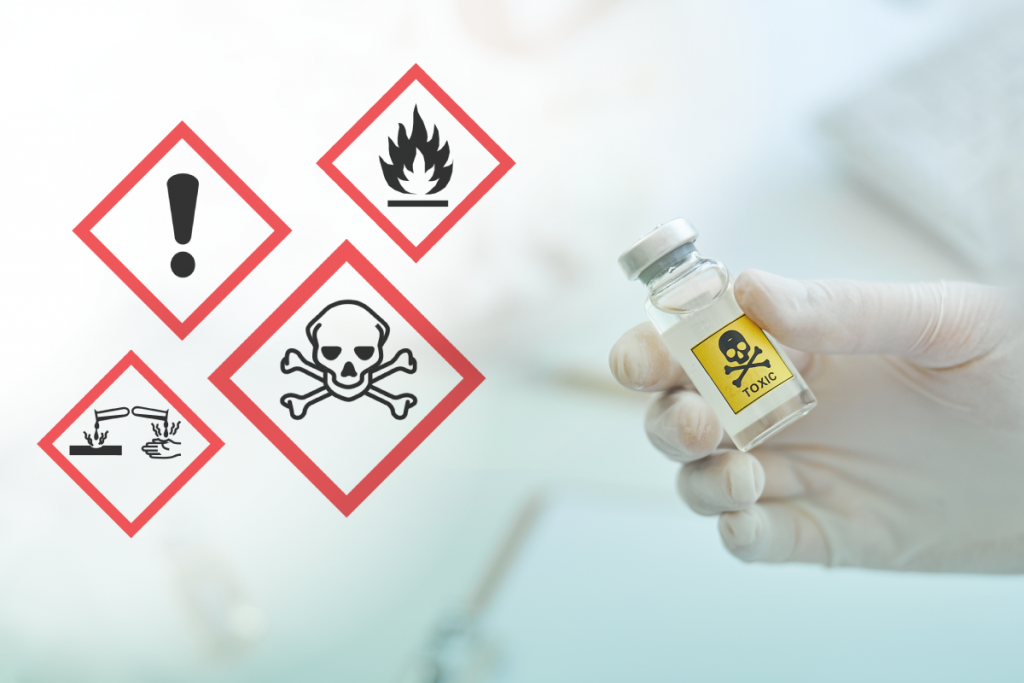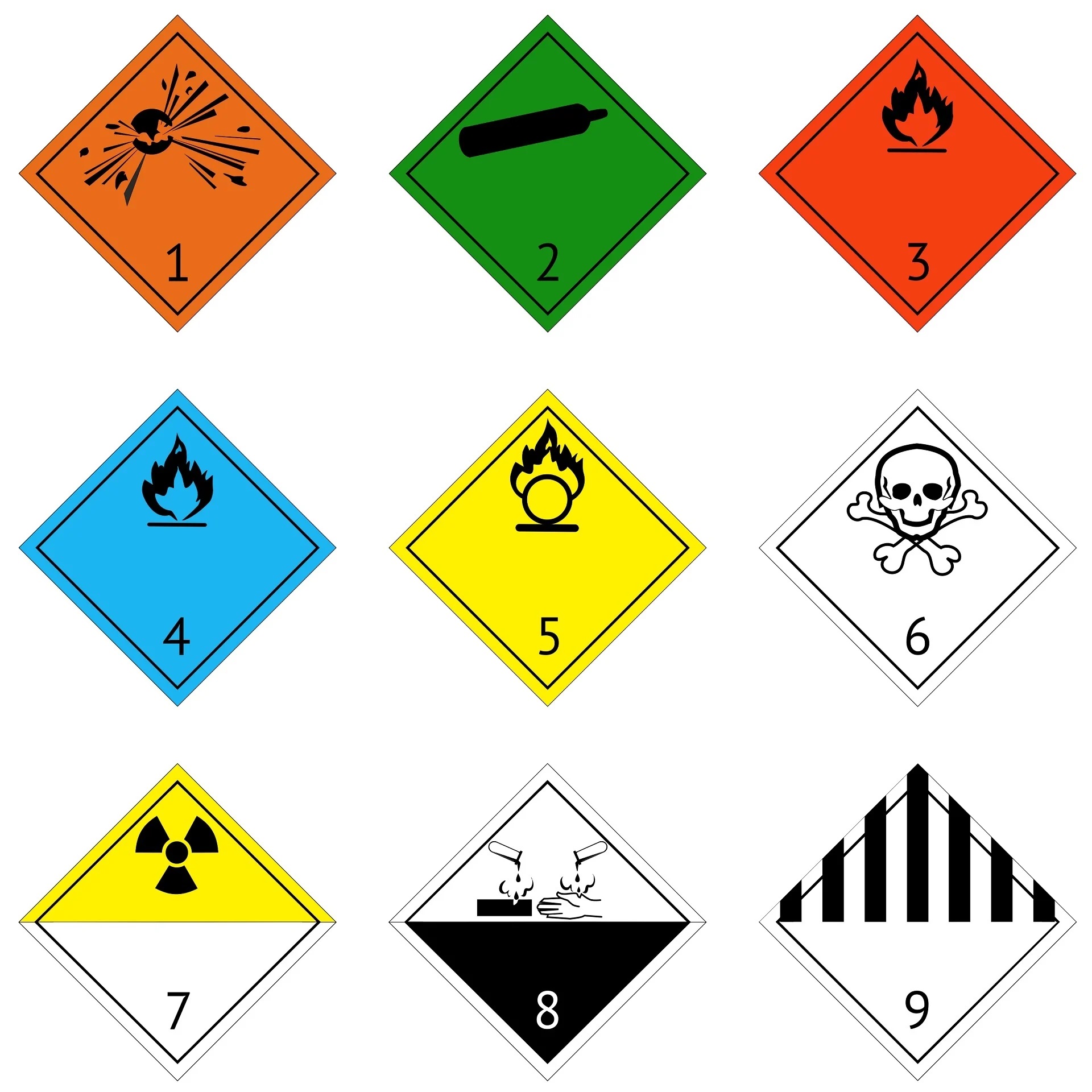Inland Waterway safety rules and regulations
1.) Hazardous Substance Act, B.E. 2535
The Hazardous Substances Act was enacted due to economic growth. As a result, a large number of hazardous substances are imported
to be used in various types of businesses, and some hazardous substances can cause serious harm to people, animals, plants, property
and the environment even though the legislation of various agencies is issued to control some of them but it's not comprehensive enough.
Hence, the criteria and methods for controlling hazardous substances have been established to be more suitable, along with the management
system has been established to allow for coordination among relevant agencies.

Please find more details by Click here
2.) Marine Department Notification No. 3/2555 regarding the classification of dangerous substances and articles
Dangerous goods are substances or articles that can pose a threat to people, property and/or the environment. They can exist in three physical states – as a solid,
liquid or gas – and can present a range of dangers in a transport environment – flammability, toxicity (poisonous) and corrosivity being the most common.
The physical state and properties affect packing, handling and transport decisions. Many dangerous goods are essential in the manufacture of other products such as
cars, plastics, electronics and pharmaceuticals on which progress and world trade depends.
Different types of dangerous goods:
For transport purposes, dangerous goods are allocated to one of nine “classes”, according to the main danger they present. These are as follows:
Class 1 – Explosives
Class 2 – Gases
Class 3 – Flamable Liquids
Class 4 – Flammable solids and other flammable substances
Class 5 – Oxidising substances and organs perodixes
Class 6 – Toxic and infectious substances
Class 7 – Radioactive material
Class 8 – Corrosive substances
Class 9 – Miscellaneous dangerous substances and articles
Many of these classes are sub-divided. For, example, toxic substances are allocated to Class 6.1; infectious substances are allocated to Class 6.2
Substances or articles are classified as “dangerous goods” for sea shipments if they meet the criteria prescribed in the IMDG Code for any of these classes. The danger(s)
presented by a particular substance or articles determine the safe transport procedures for it; e.g. the way it needs to be packed, whether it can be loaded in the same
freight container as other dangerous goods, where it needs to be stored within the port or stowed on board the ship.

Please find more details by Click here
3.) Notification of Marine Department No. 411/2543 – Safety Measures for the Loading/Discharging of Oil and Chemicals
This notification provides guidelines for the loading/discharging of oil and chemicals as these operations are risky activities that may cause marine pollution
and damage to marine environments. In order to prevent the leakage and spillage of such materials into rivers, canals, ponds, reservoirs, lakes or territorial
seas that consequently degrade the water quality and adversely affect flora and fauna the Marine Department issued the Notification. The notification contains
3 parts of which part one and two can be summarized as follows:
- The owner or operator of a port that loads/discharges oil or chemicals shall develop an action plan for the prevention and response of marine pollution caused
by oil or chemical spillage. This plan should be developed using the Marine Department’s guidelines (Notification of Marine Department No. 412/2543, mentioned below)
and approved by the Marine Department before implementation.
- The owner or operator of a port that loads/discharges oil or chemicals shall have all appliances/equipment necessary for the oil spill response in accordance with
the action plan approved by the Maine Department. These equipment appliances must be ready for use at all times.
Please find more details by Click here







